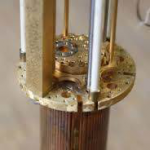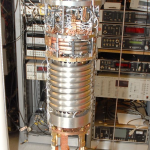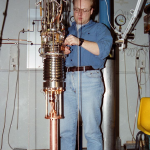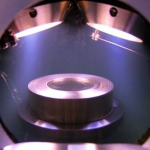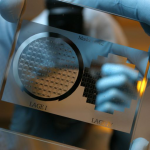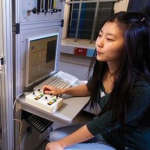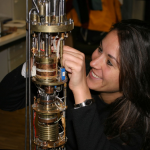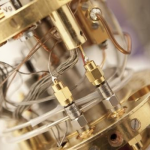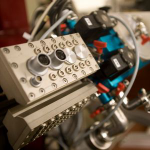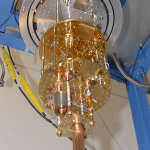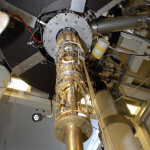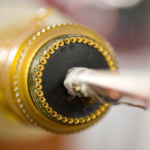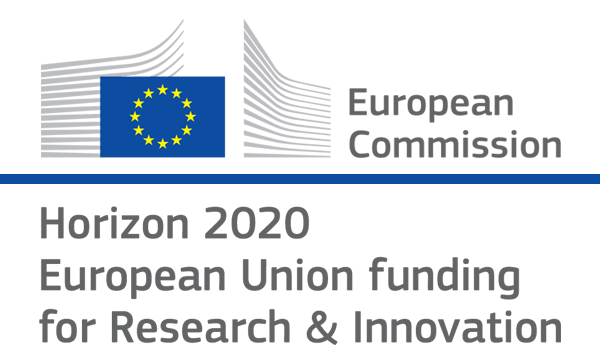

- Photon Transport in a Bose-Hubbard Chain of Superconducting Artificial Atoms
G. P. Fedorov et al., Phys. Rev. Lett. 126, 180503 (2021) - Path-Dependent Supercooling of the
He3 Superfluid A-B Transition
Dmytro Lotnyk et al., Phys. Rev. Lett. 126, 215301 (2021) - Superconductivity in an extreme strange metal
D. H. Nguyen et al., Nat Commun 12, 4341 (2021) - High-Q Silicon Nitride Drum Resonators Strongly Coupled to Gates
Xin Zhou et al., Nano Lett. 21, 5738-5744 (2021) - Measurement of the 229Th isomer energy with a magnetic micro-calorimeter
T. Sikorsky et al., Phys. Rev. Lett. 125 (2020) 142503
Design evaluation of serial and parallel sub-mK continuous nuclear demagnetization refrigerators
David Schmoranzer, James Butterworth, Sébastien Triqueneaux, Eddy Collin, Andrew FeffermanWe present the evaluation of two different design configurations of a two-stage PrNi5continuous nuclear de-magnetization refrigerator. Serial and parallel configurations of the two stages are considered, with emphasis onthe attainable cooling power at sub-mK temperatures and the impact of the design choices on the operation ofthe refrigerator. Numerical simulations of heat transfer in the setup are used to evaluate the performance of therefrigerator as well as the technological requirements for the essential thermal links. In accord with similarfindings for adiabatic demagnetization refrigerators (Shirron, 2014), our simulations show that the performanceof both configurations improves as the thermal links improve, and that the parallel configuration yields a highercooling power than the series design for a given thermal link resistance and sample temperature.
Cryogenics 110, 103119 (2020)
doi: 10.1016/j.cryogenics.2020.103119
arxiv: https://arxiv.org/abs/1912.01290
